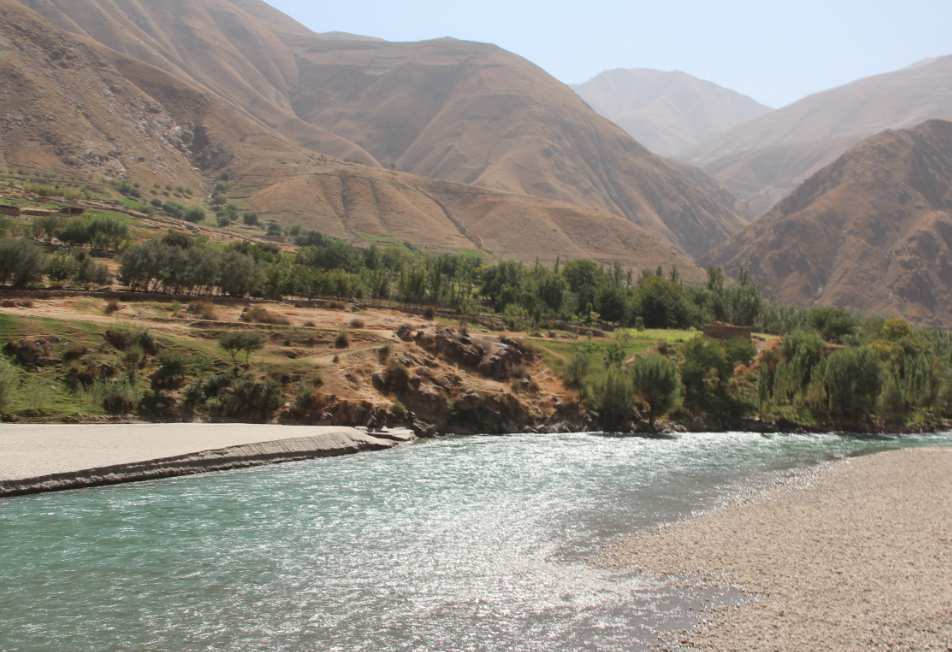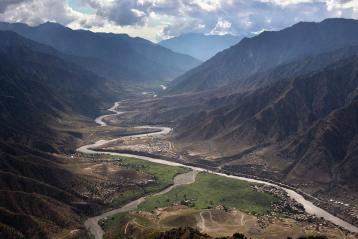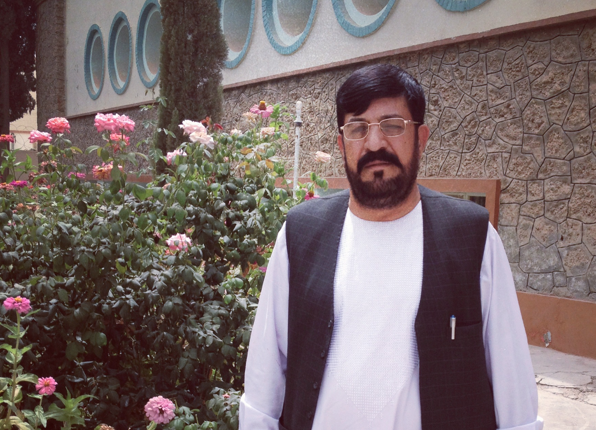As the international troops prepare to withdraw from Afghanistan by 2014, the country's ability to hold its fragile stability together remains uncertain. Underneath the fears of a security breakdown boils the larger possibility of an economic collapse. The country's revenues seem abysmal, and the mismanagement of billions of dollars in aid has turned it entirely dependent on foreign donations and the presence of foreign troops.
With Afghanistan being largely an agricultural country, investment in the water sector should have been a natural priority for sustainable economic development. Yet, that is not the case. In the Afghanistan National Development Strategy, a framework for allocating international aid, water does not figure as a core development sector. Only 5 percent of development has gone into the water sector during the past decade. Tensions have risen over water treaties with Iran and Pakistan, yet neither has been addressed. Along the border, villagers see their water flow into the neighboring countries without being able to use it for their own local fields. The scarcity of water has led to tensions between tribes and villages.
This project explores the reasons behind the lack of investment. How do unresolved trans-boundary issues with Iran and Pakistan affect donor attitudes toward investing in irrigation development? It also studies the link between instability in border regions and the neighboring countries' quest for continuing access to water flow from Afghanistan.
-
×
 English
English









